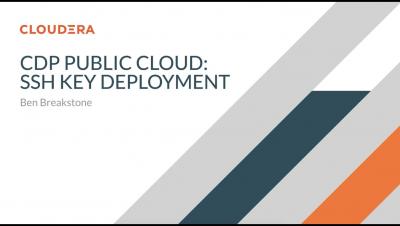Sample applications for Cloudera Operational Database
Cloudera Operational Database is an operational database-as-a-service that brings ease of use and flexibility to Apache HBase. Cloudera Operational Database enables developers to quickly build future-proof applications that are architected to handle data evolution. In the previous blog posts, we looked at application development concepts and how Cloudera Operational Database (COD) interacts with other CDP services.




